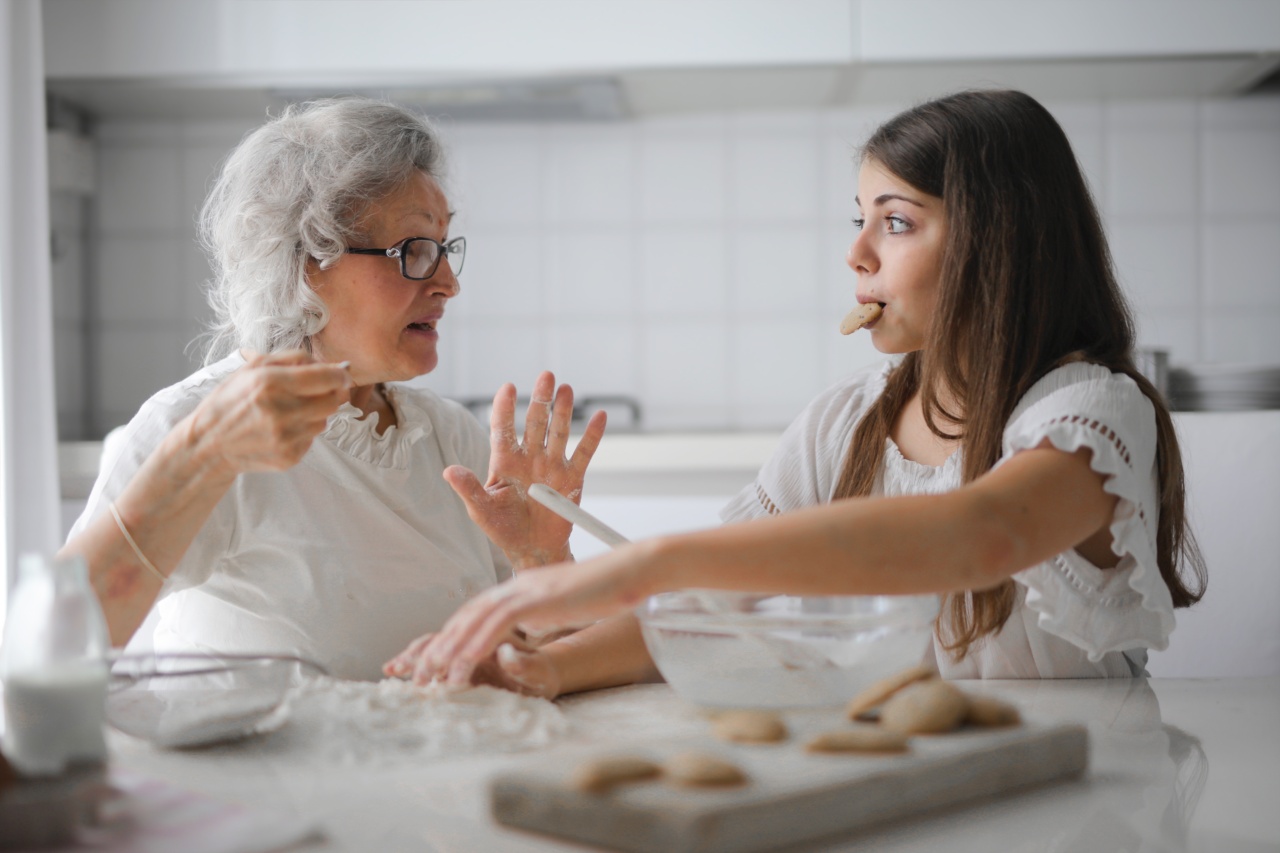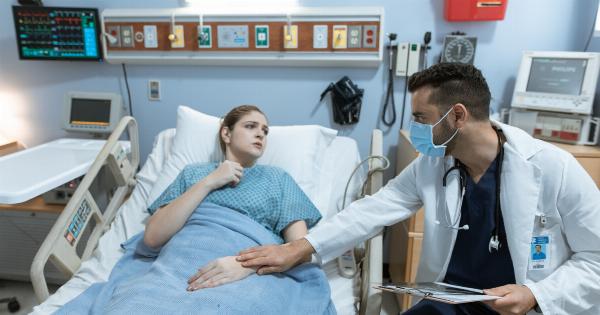Food poisoning is a common condition that affects individuals of all ages, including children.
It occurs when someone consumes contaminated food or water, leading to various gastrointestinal symptoms such as nausea, vomiting, diarrhea, and abdominal pain. In children, food poisoning can be particularly concerning as their immune systems are still developing. Treatment considerations for childhood food poisoning may vary depending on the age of the affected child.
This article will explore the differences in symptoms, treatments, and precautions for infants, toddlers, and older children.
Symptoms of Childhood Food Poisoning
The symptoms of food poisoning in children can vary based on their age:.
1. Infants:
In infants, the symptoms of food poisoning may include:.
- Excessive crying
- Poor feeding
- Abdominal discomfort
- Vomiting
- Diarrhea
2. Toddlers:
Toddlers with food poisoning may experience:.
- Vomiting
- Diarrhea
- Loss of appetite
- Fever
- Irritability
3. Older Children:
Older children are likely to exhibit symptoms similar to adults, including:.
- Nausea
- Vomiting
- Diarrhea
- Abdominal pain
- Fever
Treatment Approaches
1. Infants:
If an infant shows signs of food poisoning, it is crucial to consult a pediatrician immediately. The treatment for infants may involve:.
- Oral rehydration solution (ORS) to prevent dehydration
- Breast milk or formula feeding in smaller, more frequent amounts
- Avoidance of solid foods until the infant’s symptoms improve
- Medical monitoring for severe cases
2. Toddlers:
For toddlers, the following treatment approaches may be recommended:.
- Encourage plenty of fluids, such as water and oral rehydration solution (ORS), to prevent dehydration
- Provide a bland diet consisting of easily digestible foods like rice, boiled potatoes, or applesauce
- Avoid fruit juices, dairy products, and fatty or spicy foods until symptoms subside
- Administer over-the-counter medications like electrolyte solutions (if recommended by a healthcare professional)
- Monitor for any worsening symptoms and seek medical attention if necessary
3. Older Children:
When it comes to older children, treatment options may include:.
- Encourage the consumption of fluids to prevent dehydration
- Offer a balanced diet that includes easily digestible foods and probiotic-rich food items
- Over-the-counter medications like antidiarrheals or antiemetics may be considered if recommended by a healthcare professional
- Medical attention should be sought if symptoms worsen or persist for an extended period
Precautions for Handling Childhood Food Poisoning
There are a few general precautions parents and caregivers should follow when handling childhood food poisoning:.
1. Prevention:
Ensure good hygiene practices during food preparation, cooking, and storage. This includes washing hands thoroughly, keeping utensils and surfaces clean, and practicing proper food handling techniques.
2. Proper Cooking:
Ensure that all food, especially meat, poultry, and seafood, is cooked thoroughly to kill any harmful bacteria that may cause food poisoning.
3. Temperature Control:
Refrigerate perishable foods promptly to prevent bacteria from multiplying. Avoid leaving food at room temperature for an extended duration.
4. Safe Water Sources:
Ensure that the water used for drinking and food preparation is from a safe and reliable source.
5. Education and Awareness:
Teach children about proper handwashing techniques and the importance of avoiding eating uncooked or spoiled foods.
By adhering to these precautions, parents and caregivers can reduce the risk of childhood food poisoning and its associated complications.




























